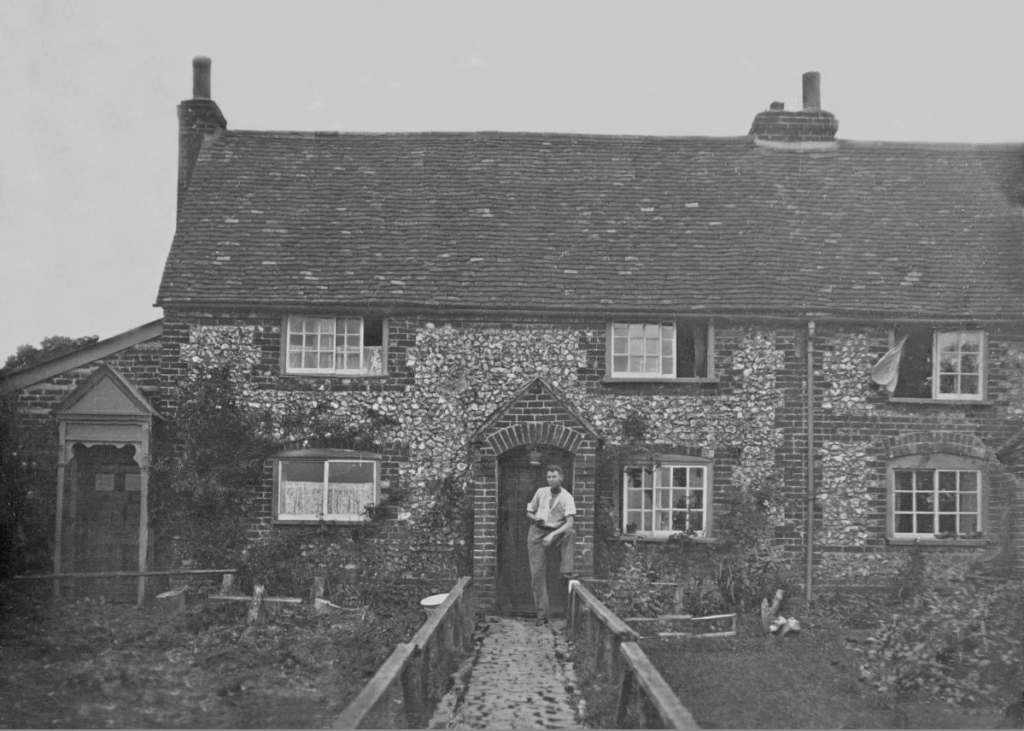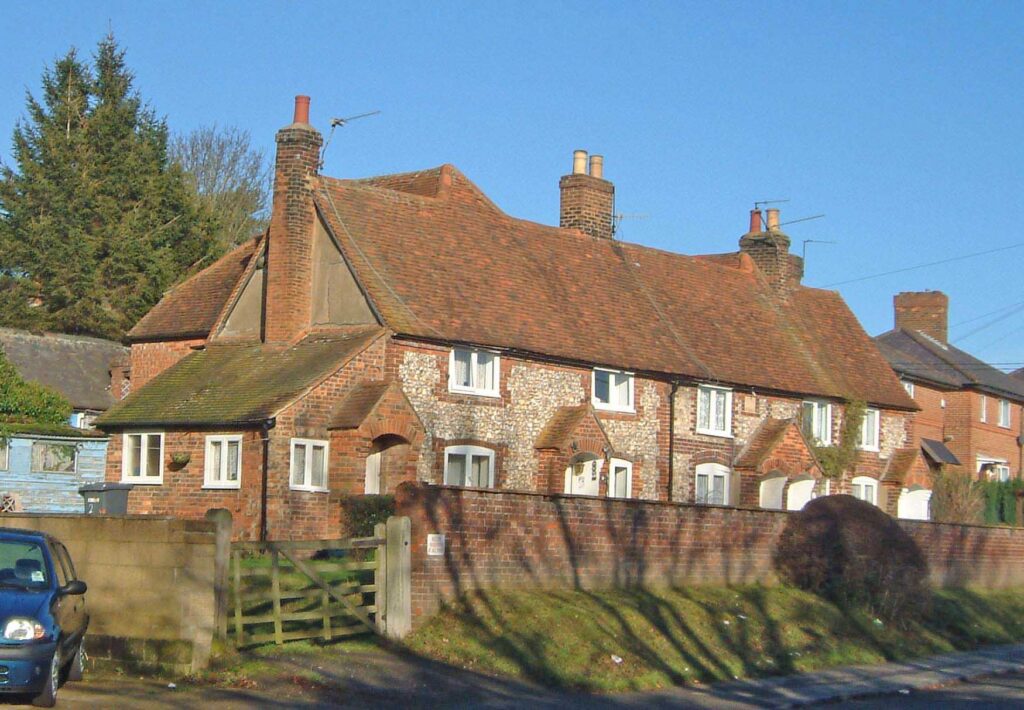WELCOME


The Downley Local History Group (DLHG) website first went live in 2019. Although we* are continually adding items to the website, we would welcome further material, be it photographs that we will scan and return as soon as possible, or perhaps an aspect of Downley that particularly interests you.
If you would like to contribute material to this project, please contact us by clicking on the ‘Contact Us’ link at the top of this page. Also let us know if there is an aspect of Downley history that is of particular interest to you and that you would like to investigate.
Finally, if you spot any mistakes/omissions please let us know using the ‘Contact Us’ link.
* We are Bernie Quinlan, Brian Knott, Colin Keeble, Hilary Brash, Inge Bignell, John Willson, Mike Morgan and Pam Brooks
Photographs
The photographs on this website have been obtained from a number of sources including The Bucks Free Press, Wycombe Library and Wycombe Museum (all to be found on the website Sharing Wycombe’s Old Photographs, (SWOP) and The Transport Library. If you would like details as to purchasing a SWOP print click here, and then on the submenu (top left).
The two sepia photographs at the top of this page are shown with the permission of the Bucks Free Press.
